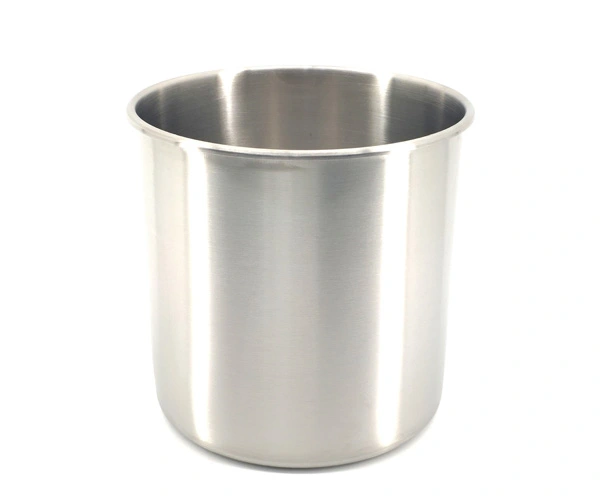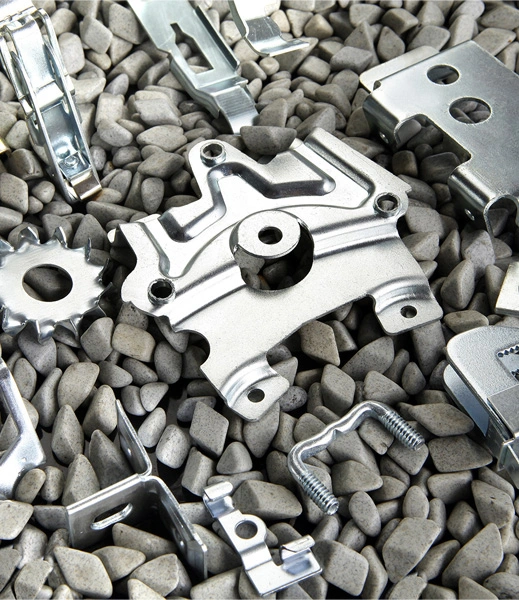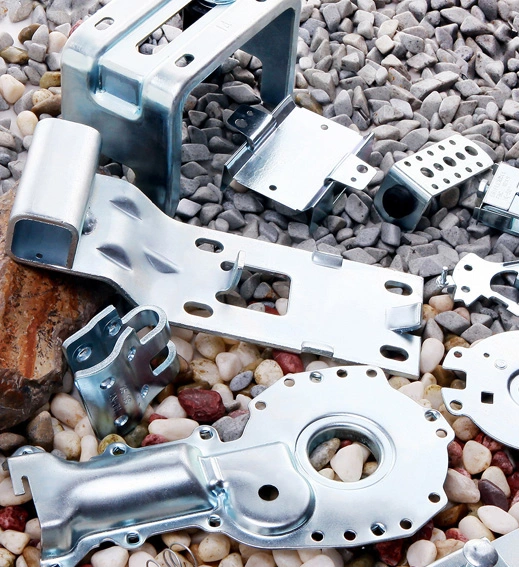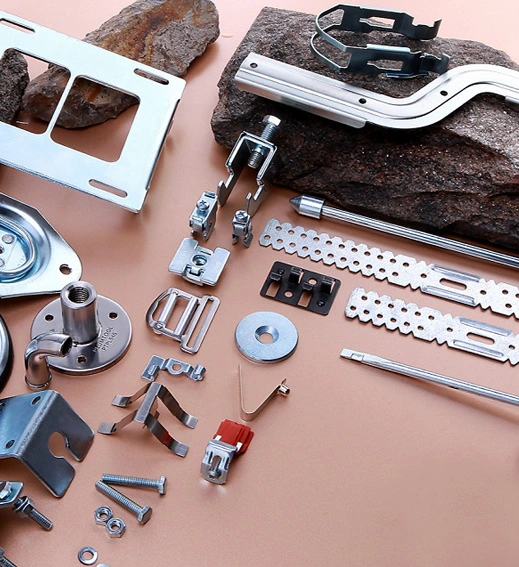

Material: stainless steel SS304 /SS316 /carbon steel / aluminum /copper /galvanized sheet available
Thickness: 1.2mm
Tolerance: ISO 2768-C
Manufacturing process: deep drawing
Surface treatment: powder coating /painting /anodization /sandblasting /zinc coating etc available
Aluminum deep drawing, shell deep drawing, housing deep drawing, stainless steel deep drawing
Deep drawing parts can be seen everywhere in our daily lives. In mass production, deep drawing parts can cause various problems due to various reasons. This article will summarize the experience and share common problems and solutions in the production of stretched parts:
1. The shape and size of the stretched part do not match
The main reasons for the discrepancy in the external dimensions of the stretched parts are bouncing and inaccurate positioning. In addition to taking measures to reduce rebound, the reliability of rough positioning should also be improved.
2. Surface strain of stretched parts
The surface strain of stretched parts is caused by improper material selection, low heat treatment hardness, poor smoothness, wear of concave die corners, poor surface quality of bent blanks, excessive material thickness, unreasonable process selection, and lack of lubrication.
3. Bending cracks in stretched parts
(1) When the angle between the bending line and the texture direction of the metal plate does not comply with the specified layout, and a unidirectional V-shaped bending is performed, the bending line should be perpendicular to the texture direction; When bending in two directions, the bending curve should be at a 45 degree angle to the texture direction.
(2) The material plasticity of tensile parts is poor.
(3) The small bending radius leads to poor pickling quality.
(4) Insufficient lubrication - high friction.
(5) Wear of convex and concave die fillet radius or too small clearance - increased feed resistance.
(6) The quality of the cut part of the drawn blank is poor - there are burrs and cracks.
(7) The material thickness dimension is severely out of tolerance - it is difficult to feed.
Solution:
1. The processing shape of metal stamping and stretching should be as simple and symmetrical as possible, and stretching should be completed in one go as much as possible;
2. For parts that require multiple stretches, while ensuring the necessary appearance quality, it should be allowed to have possible traces on the inner and outer surfaces during the stretching process;
3. On the premise of ensuring installation requirements, the side walls of the tension section should have a certain slope;
4. The distance between the hole edge on the bottom or flange of the tension member and the side wall should be appropriate;
5. The rounded radius of the four corners of the bottom and wall, flange and wall, and rectangular part should be appropriate;
6. The dimensions of the deep drawing parts cannot be marked together with the inner and outer dimensions.



